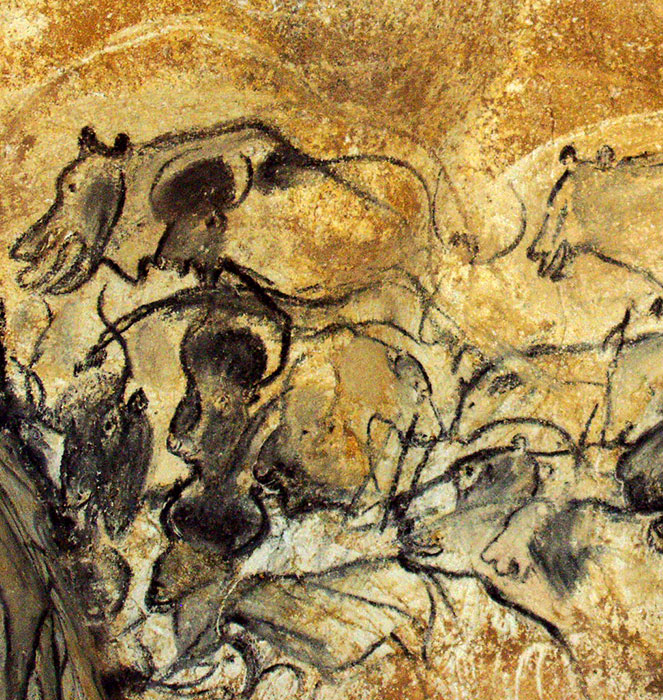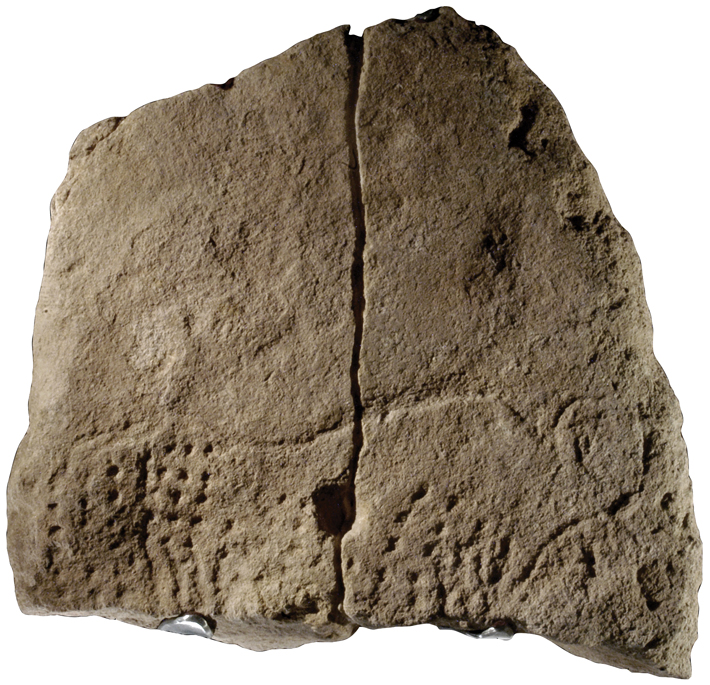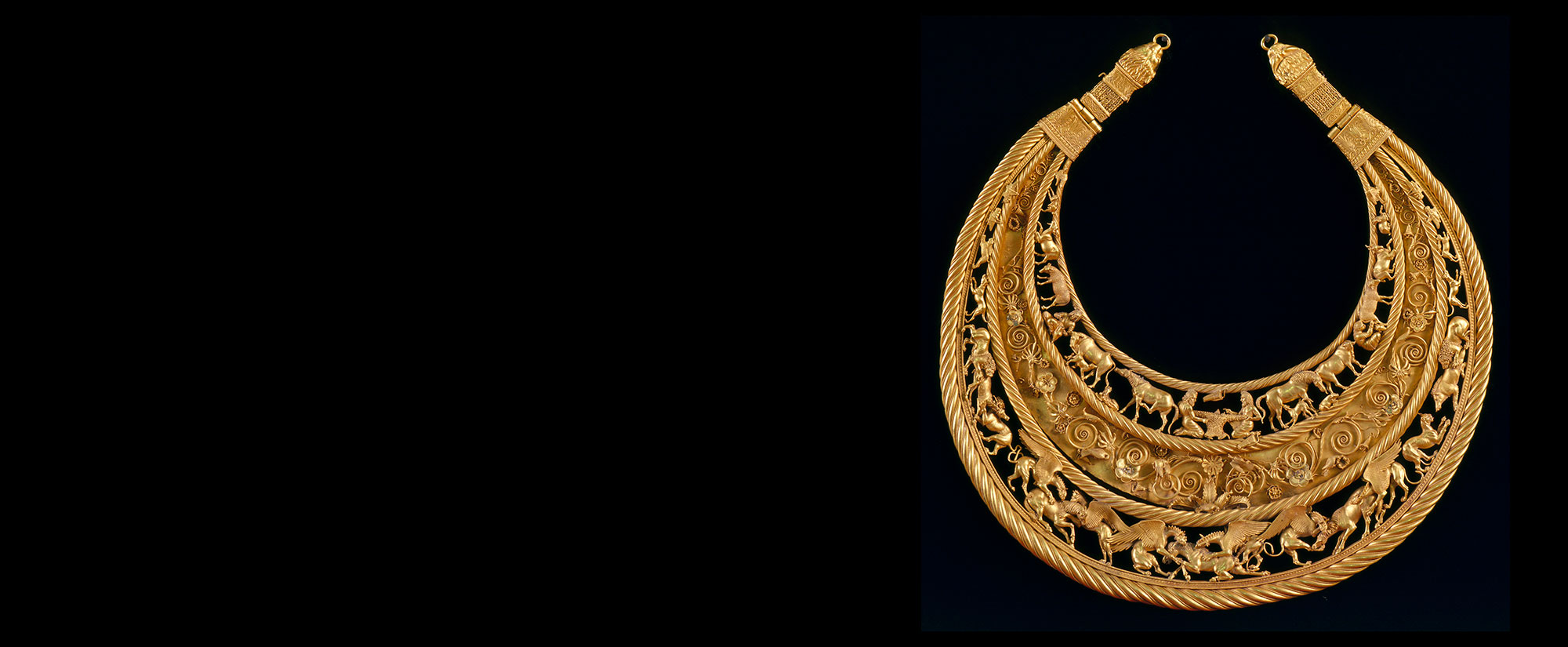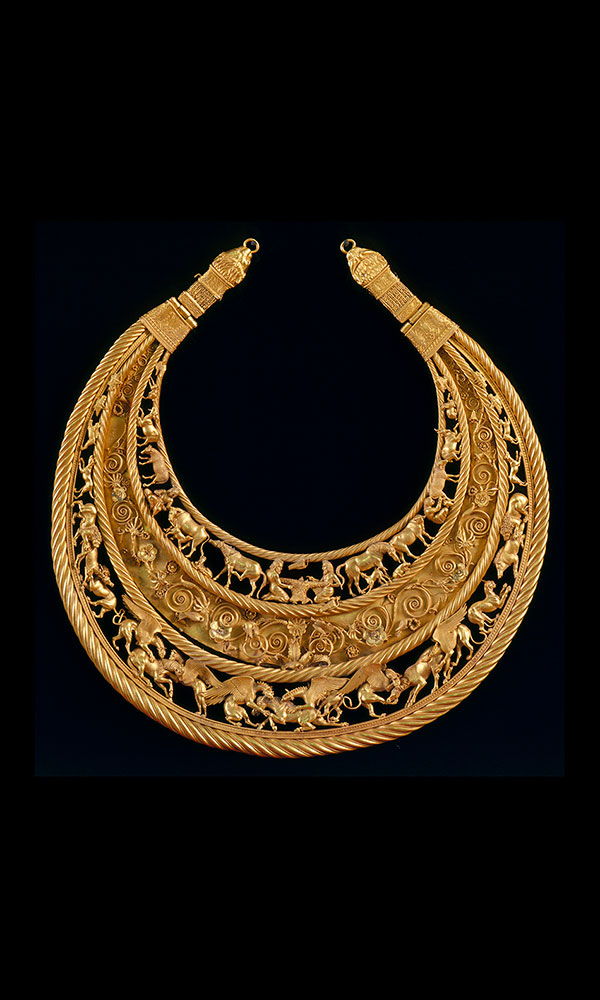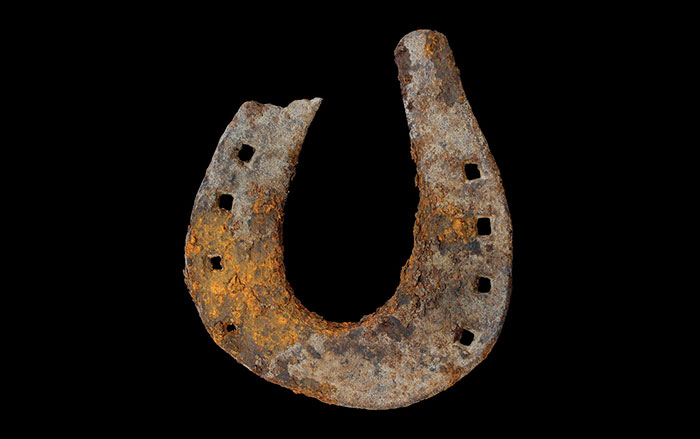The World Heritage site of Chauvet Cave in southern France is famous—and a source of both wonder and controversy—for having the world’s oldest cave paintings. When the cave was discovered in 1994, many scholars initially assumed that they must have been made around the same time as those at Lascaux, around 21,000 years ago. But the first radiocarbon dates showed that Chauvet Cave had been occupied twice starting about 35,000 years ago. The Aurignacian people, among the first Homo sapiens to live in Europe, brought to the cave a fully formed artistic tradition that used a variety of techniques involving charcoal and a type of red pigment. Now, a new batch of 88 radiocarbon dates has further refined the cave’s chronology. Humans used the cave from 37,000 to 33,500 years ago and again from 31,000 to 28,000 years ago, the research has found. A series of chlorine isotope dates shows that the cave’s entrance was sealed by a rock fall around the time of its last use.




